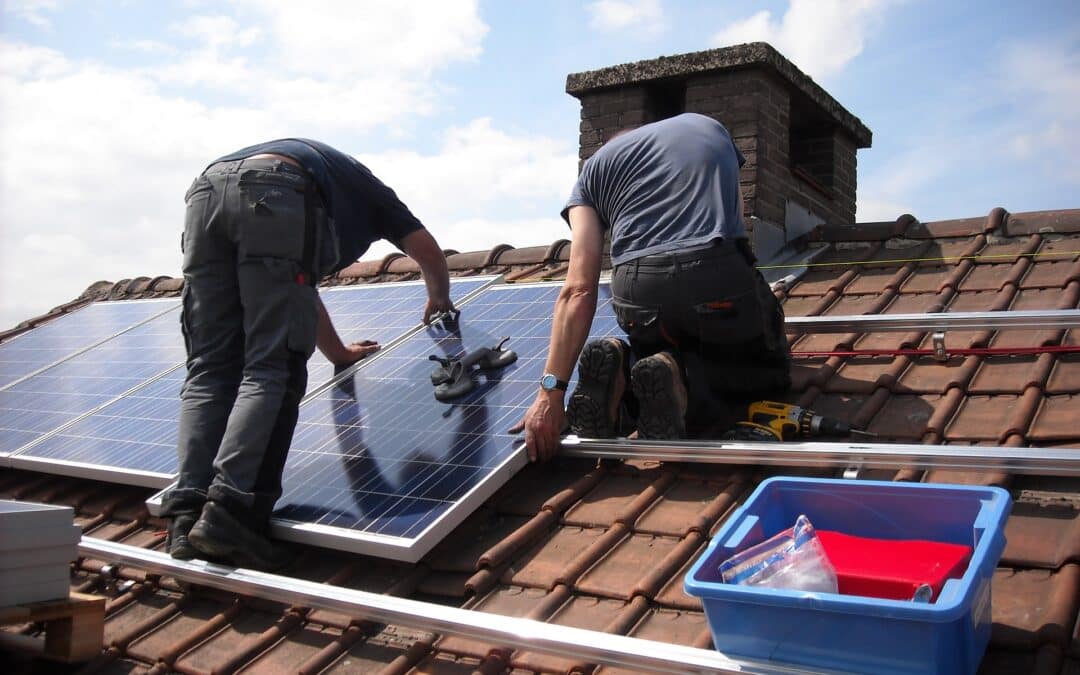The Consumer Financial Protection Bureau (CFPB) has finalized a rule covering existing residential mortgage protections to Property Assessed Clean Energy (PACE) loans.
PACE loans are used by homeowners for clean energy upgrades and disaster readiness that are paid back through their property tax bills. PACE loans are secured by a property tax lien on the borrower’s home, and they are often promoted for financing clean energy improvements such as solar panels. The obligation of paying the loan back through higher property tax payments remains with the property even if the borrower sells the property.
However, the CFPB determined that most PACE loans are marketed to homeowners, typically through door-to-door sales, by a company who brokers financing and contracts for clean energy installation or other home improvements. These companies may promise that the improvements will pay for themselves with energy savings or through enhanced disaster preparedness, but that is not always the case. PACE loans tend to be more expensive – around five percentage points higher – than first mortgages, even though PACE loans get paid at a foreclosure sale before first mortgages, the CFPB added.
The new rule requires lenders to assess a borrower’s ability to repay a PACE loan and provide a framework for how these loans will be treated under the Truth in Lending Act. The rule will also require PACE borrowers be alerted of their right to receive standard mortgage disclosures that allow them to compare the cost of the PACE loan with other forms of financing. Furthermore, the lender will be responsible for ensuring that the borrower is not set up to fail with an unaffordable loan.
“Today’s rule stops unscrupulous companies and salespeople from luring homeowners into unaffordable loans based on false promises of energy savings,” said CFPB Director Rohit Chopra. “Homeowners deserve to know just how much they are paying when they put their home and financial future on the line.”












